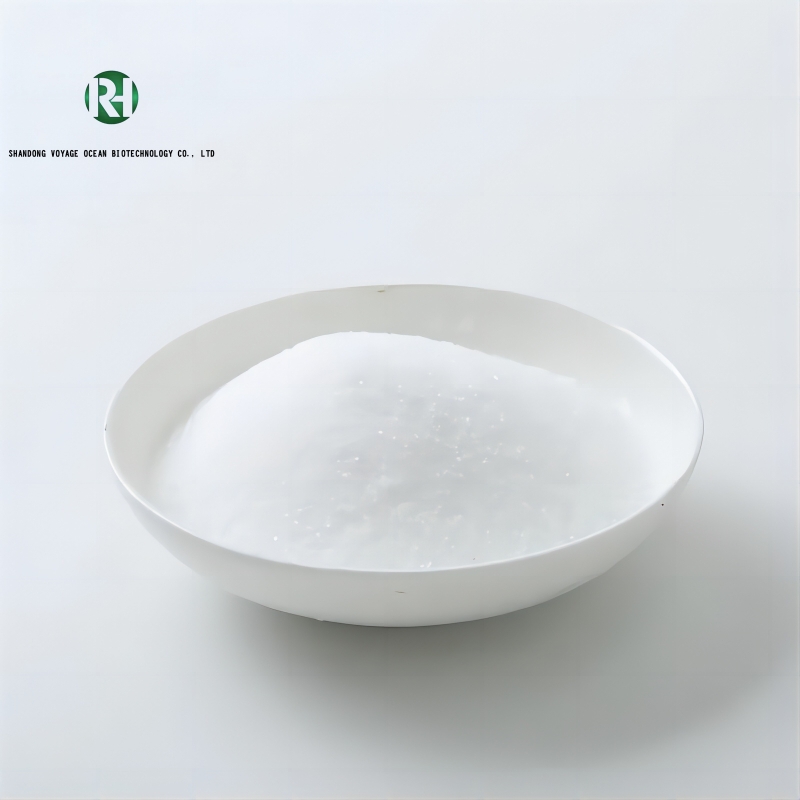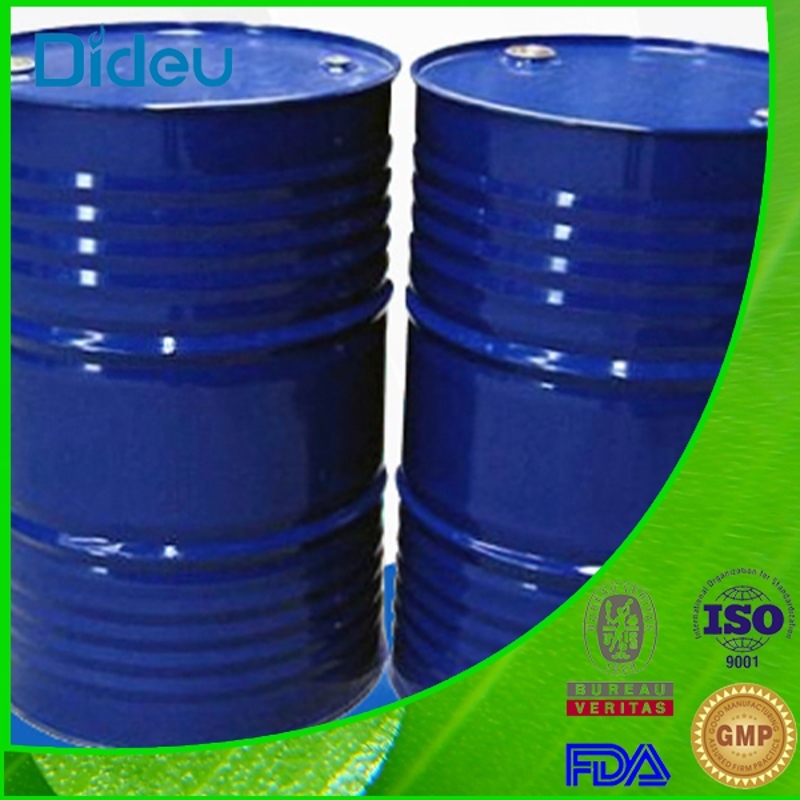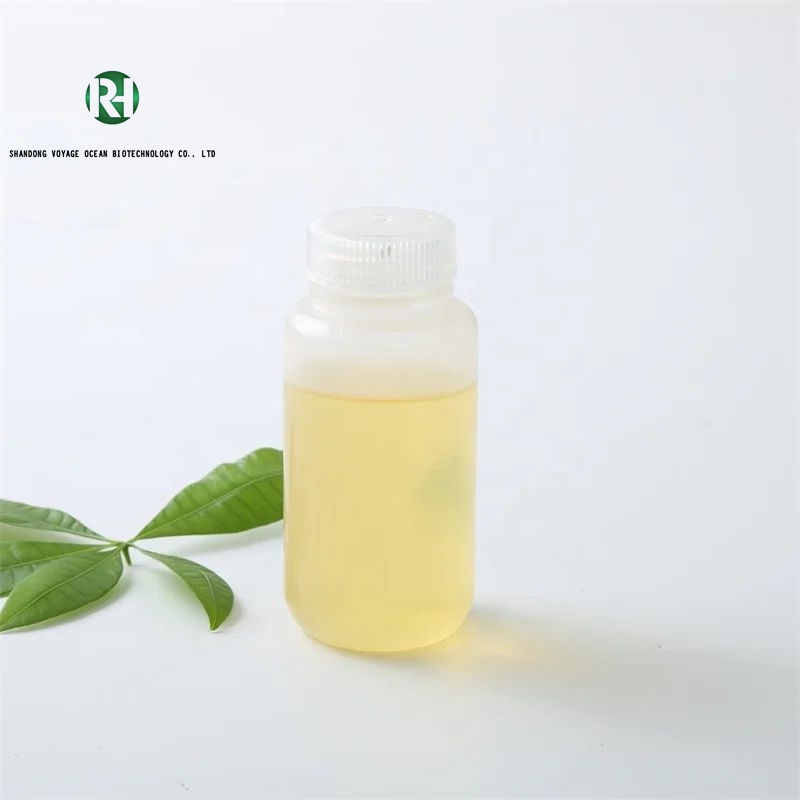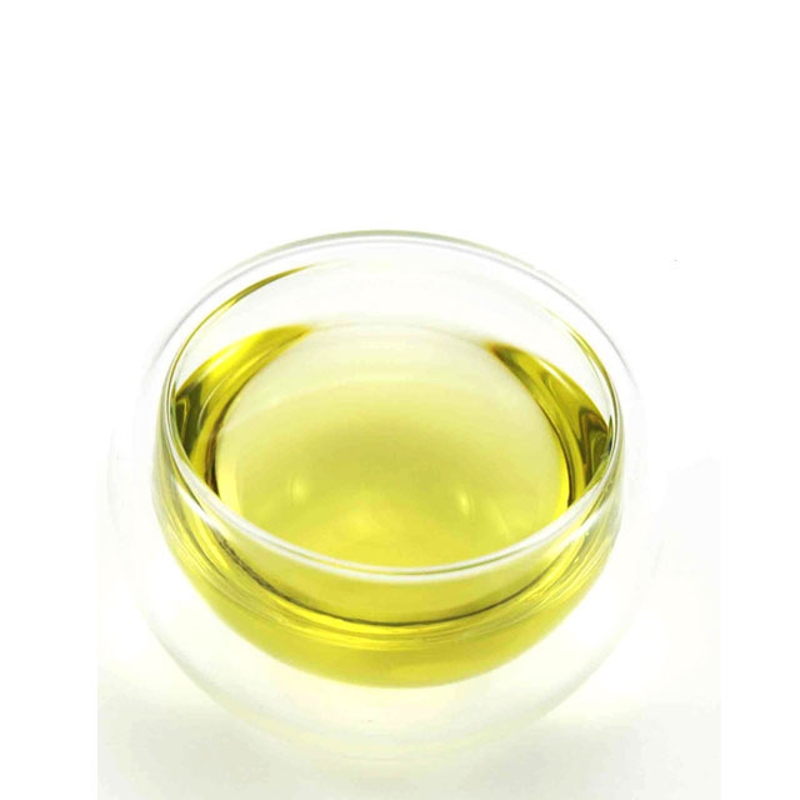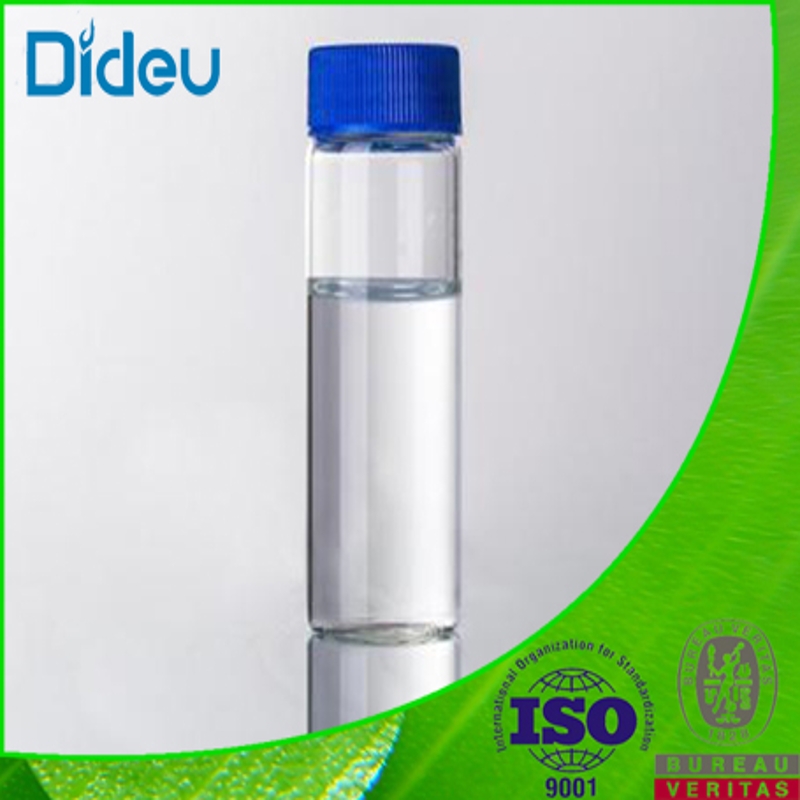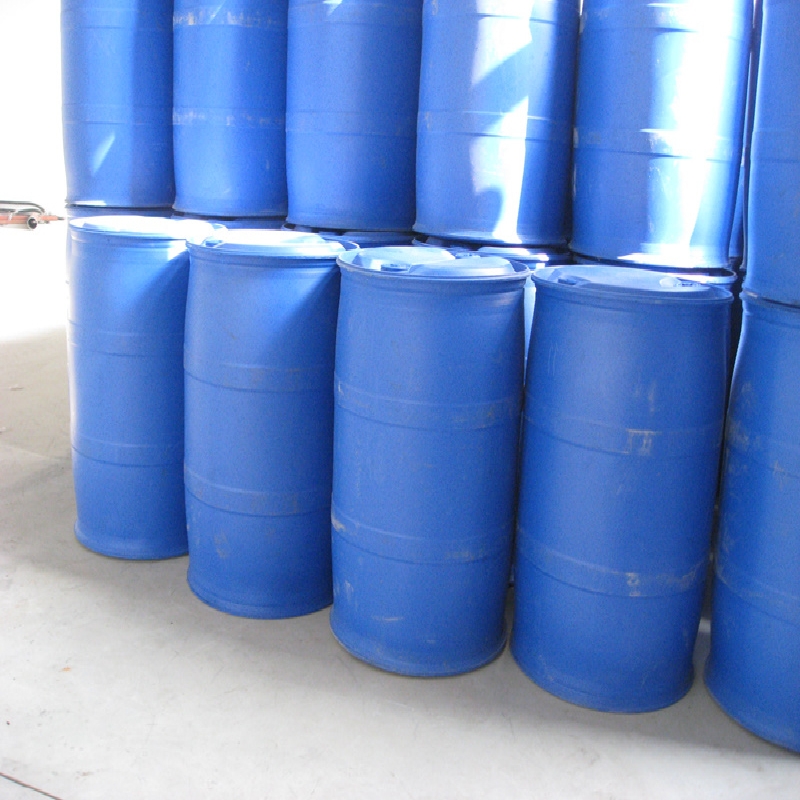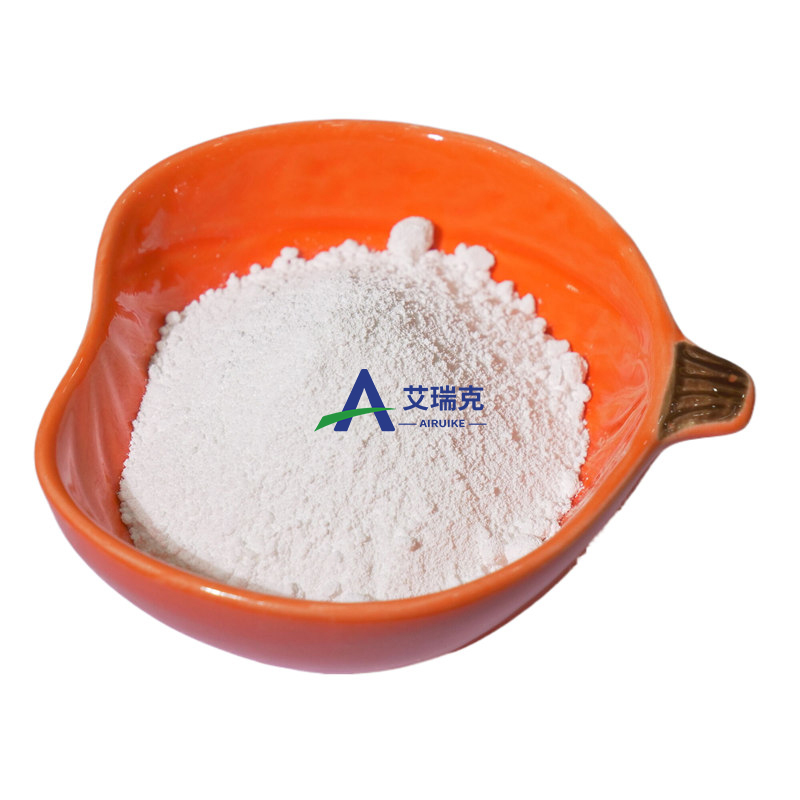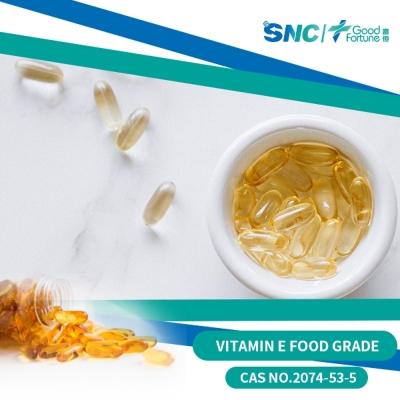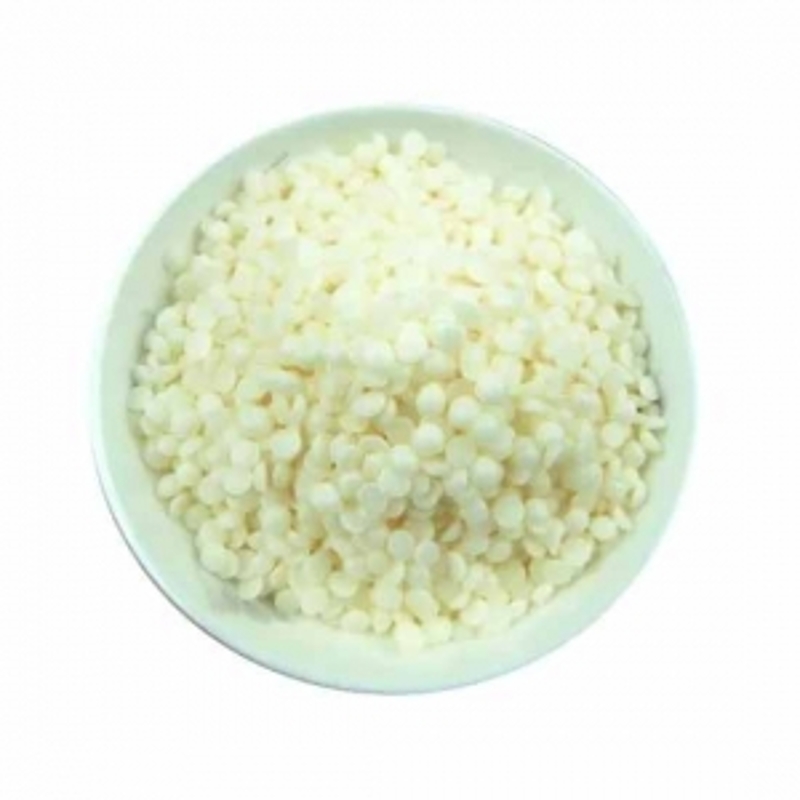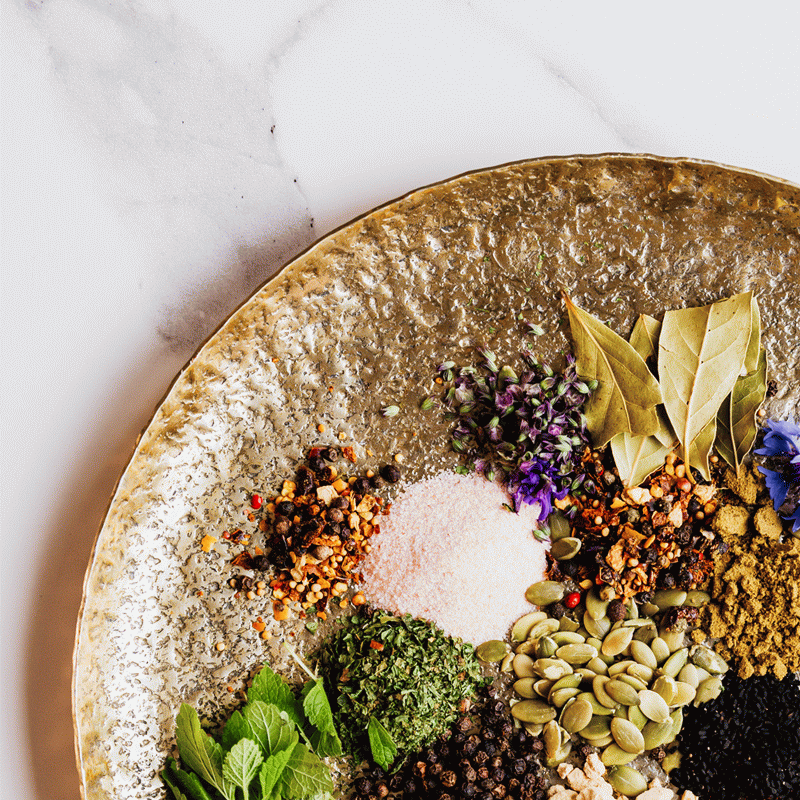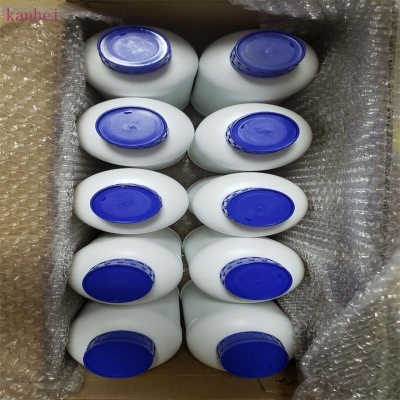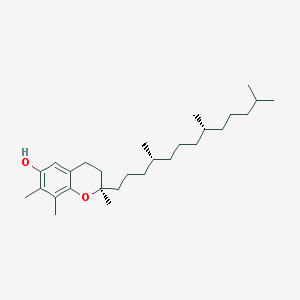Cosmetic Ingredient
- • Abrasive (124)
- • Absorbent (84)
- • Anticaking (66)
- • Anticorrosive (25)
- • Antifoaming (19)
- • Antimicrobials (290)
- • Antioxidant Ingredient (393)
- • Antiperspirant (20)
- • Antiplaque (48)
- • Anti-seborrheic (38)
- • Anti-sebum (39)
- • Antistatic (458)
- • Astringent (162)
- • Binding Agent (172)
- • Bleaching Agent (53)
- • Buffering (191)
- • Bulking (109)
- • Chelating (122)
- • Cleansing (679)
- • Cosmetic Colorant (212)
- • Cosmetic Preservative (158)
- • Denaturant (45)
- • Deodorant (98)
- • Depilatory (27)
- • Dissolving Agent (298)
- • Emollient (795)
- • Emulsifying Agent (480)
- • Emulsion Stabilising (154)
- • Exfoliating (19)
- • Film Forming (299)
- • Flavouring (72)
- • Foam Boosting (161)
- • Foaming (101)
- • Fragrance Ingredient (726)
- • Gel Forming (19)
- • Hair Conditioning (670)
- • Hair Dyeing (363)
- • Hair Fixing (36)
- • Hair Waving or Straightening (45)
- • Humectant (282)
- • Hydrotrope (92)
- • Keratolytic (20)
- • Light Stabilizer (80)
- • Moisturising Agent (50)
- • Nail Conditioning (42)
- • Occlusive (20)
- • Opacifying (119)
- • Oral Care (123)
- • Oxidising (19)
- • Perfuming (2105)
- • Plasticiser (98)
- • Propellant (19)
- • Reducing (50)
- • Refatting (12)
- • Refreshing (26)
- • Skin Cleansing (388)
- • Skin Conditioning (1751)
- • Skin Humectant (21)
- • Skin Protecting (282)
- • Smoothing (31)
- • Soothing (71)
- • Tonics (155)
- • UV Filter (34)
- • Viscosity Controlling (532)
Chemicals as Skincare Ingredients
Related News
-
Shell Considers Partnering with the U.S. and Closing European Chemical Assets
2025-03-26 -
Price Surge Alert as Major Suppliers Increase Barium Sulfate Costs by 200 Yuan per Ton
2025-03-20 -
Quaker Houghton Acquires Dipsol Chemicals, Strengthening Advanced Solutions Portfolio
2025-03-27 -
AstraZeneca to Invest $2.5 Billion to Establish Global Drug R&D Center in Beijing
2025-03-25 -
Saudi Aramco CEO: Invest in downstream projects in China's energy, chemical and other fields
2025-03-28 -
Dow's Silicones Downstream Expansion Project in Zhangjiagang Launches and Drives Market Innovation
2025-03-21
Occlusive
Vitamin E
(1406-18-4)-
Cosmetic Grade / -
-
Food Grade / 70%
-
-
- / 99.5%
Request for quotation , get quotes from more suppliers.
Sunflower oil
(8001-21-6)-
Food Grade / 99%
-
- / 0.00%
-
- / 99.00%
-
- / 99.5%
Request for quotation , get quotes from more suppliers.
DL-α-Tocopherol
(10191-41-0)-
Food Grade, Cosmetic Grade / 99.9%
-
- / 99%
-
pharmaceutical grade/food grade / 99%
-
Pharmacy Grade / 99%
Request for quotation , get quotes from more suppliers.
-
- / 99.00%
-
Pharmacy Grade / 99%
-
![TOCOPHEROL buy TOCOPHEROL]()
Industrial Grade / 99.0%
-
![Vitamin E buy Vitamin E]()
Request for quotation , get quotes from more suppliers.
Glyceryl caprylate caprate
(65381-09-1)-
Cosmetic grade / 99%
-
Cosmetics Grade / 99%
-
Cosmetics Grade / 99.90%
-
Cosmetics Grade / 99%
Request for quotation , get quotes from more suppliers.
Source Occlusive Products Supply
Glycerides, mixed decanoyl and octanoyl
(73398-61-5)In oral formulations, medium-chain triglycerides are used as the base for the preparation of oral emulsions, microemulsions, selfemulsifying systems, solutions, or suspensions of drugs that are unstable or insoluble in aqueous media, e.g. calciferol. Mediumchain triglycerides have also been investigated as intestinalabsorption enhancersand have addition
-
Cosmetics Grade / 99%
-
Industrial Grade / 99%
-
Food Grade / 99.0%
$3-3.1/KG FOB
-
Industrial Grade / 99.9%
Request for quotation , get quotes from more suppliers.
dl-α-Tocopherol
(2074-53-5)-
Cosmetics Grade / 99%
$100/KG EXW
-
pharmaceutical grade/food grade / 99%
-
Pharmacy Grade / 99%
-
- / 99.00%
Request for quotation , get quotes from more suppliers.
Candelilla wax
(8006-44-8)-
Cosmetics Grade / 99%
-
Industrial Grade / 99%
-
- / 99.00%
-
Industrial Grade / 99%
Request for quotation , get quotes from more suppliers.
Lemon, ext.
(84929-31-7)-
Food Grade / 20%
-
![LEMONOIL buy LEMONOIL]()
IndustrialGrade / 99.00%
-
![Lemon, ext. buy Lemon, ext.]()
Different Grade / 99.9%
$0.1/KG EXW
-
![Lemon extracts buy Lemon extracts]()
Request for quotation , get quotes from more suppliers.
(+)-γ-Tocopherol
(54-28-4)-
- / 99.00%
-
Industrial Grade / 99%
-
![D-gamma-Tocopherol buy D-gamma-Tocopherol]()
Industrial Grade / 99%
-
![D-gamma-Tocopherol buy D-gamma-Tocopherol]()
Request for quotation , get quotes from more suppliers.
More Information
Moisturizing is a crucial step in our skincare routine. A comprehensive moisturizing system includes components such as humectants, emollients, and occlusives.
The sebum film on the surface of the human skin is a natural occlusive film composed of oils secreted by the skin itself mixed with shed corneocytes. However, daily facial cleansing removes the sebum film, losing its occlusive function. At this point, occlusive agents in cosmetics can form a sealing film on the skin surface to reduce water loss, with their main components being lipids.
Common occlusive agents include:
● Oils and Waxes: Petrolatum, mineral oil, paraffin, squalane
● Silicone oils: Dimethicone, cyclopentasiloxane
● Plant and Animal Fats: Cocoa butter
● Lanolin, Fatty Alcohols: Lanolin alcohol, cetyl alcohol











